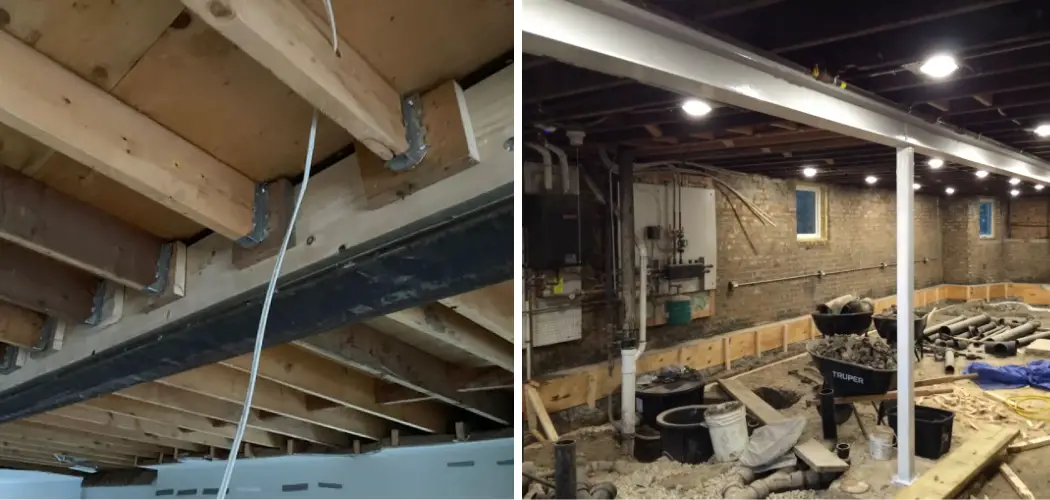Are you thinking of turning your basement into a functional living space? If so, covering the steel beams in your basement may be an important part of that process. Steel beams are often left exposed in basements and can create an unfinished and unappealing look. However, with a few simple materials and tools, you can easily cover these unsightly features to achieve a cleaner, more polished aesthetic – without breaking the bank!
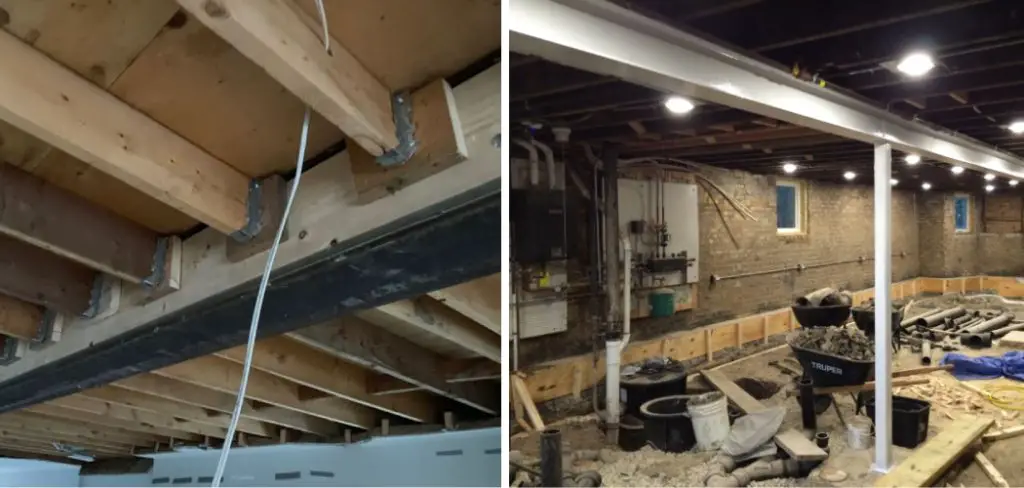
In this blog post, we will take you through step-by-step instructions on how to cover steel beams in basement as well as highlight what materials and tools you’ll need for the job. So keep reading if you’re ready to transform the look of your basement while adding charm to all its hardworking spaces – it’s time to get started!
Why Do You Need to Cover Steel Beams in the Basement?
1. Add Style
Steel beams are a functional and structural part of basements. They are used to support the floor above or can be installed in addition to other structural supports. However, they often appear unfinished with exposed metal that can look unsightly and outdated – especially if you’re looking for ways to modernize this space. Covering steel beams in the basement is a smart way to instantly add style and charm to this area.
2. Maximize Space
By covering steel beams in basement, you can also maximize the amount of usable space in your basement. Steel beams can take up a great deal of room – especially if there are several running across the length or width of the area. If you cover these features, you’ll have more room to play around with when it comes to furniture, appliances, and additional decor.
3. Improve Insulation
Covering steel beams in the basement can also help improve the insulation of your living space. Steel is a great conductor of cold, which means that an exposed beam will draw cold air into your home – making it more difficult to keep your basement warm in the colder months. By covering these beams, you can make sure that your home stays insulated and comfortable all year round.
What Materials Do You Need for Covering Steel Beams in Basement?
To properly cover steel beams in the basement, you’ll need a few key materials:
- Plywood
- Drywall
- Wood trim
- Joint compound
- Paint
- Nails or screws
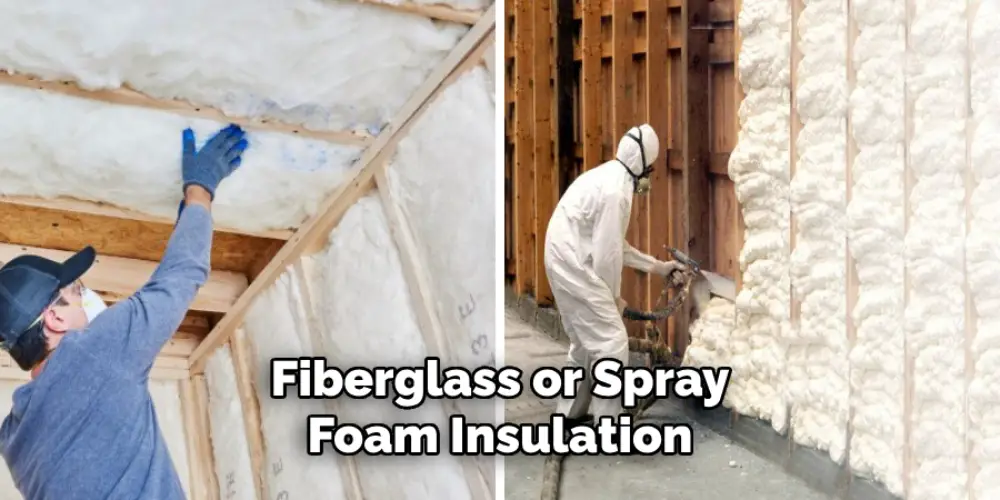
You may also need additional materials depending on the scope of your project. For instance, if you’re installing insulation then you’ll require fiberglass or spray foam insulation in addition to the above items. Make sure to assess your project ahead of time and pick up any additional materials that you may need from your local hardware store.
What Tools Do You Need for Covering Steel Beams in Basement?
To properly cover steel beams in the basement, you’ll need the following tools:
- Tape measure
- Saw (circular saw, miter saw, etc.)
- Hammer
- Drill
- Level
- Sander
In addition to the above items, you may need additional tools depending on the scope of your project.
10 Steps on How to Cover Steel Beams in Basement
When it comes to finishing your basement project, one of the most common obstacles is having to deal with steel beams. Covering them may seem like a daunting task, but if you’re armed with the right knowledge and materials, you can have them looking as good as new in no time!
We’ve compiled 10 steps to help you successfully cover steel beams in your basement:
Step 1: Measurement
Measure the length and width of the beam that needs covering. Knowing the size is essential so that you can select the right material for the job. Measuring twice is always better than measuring once!
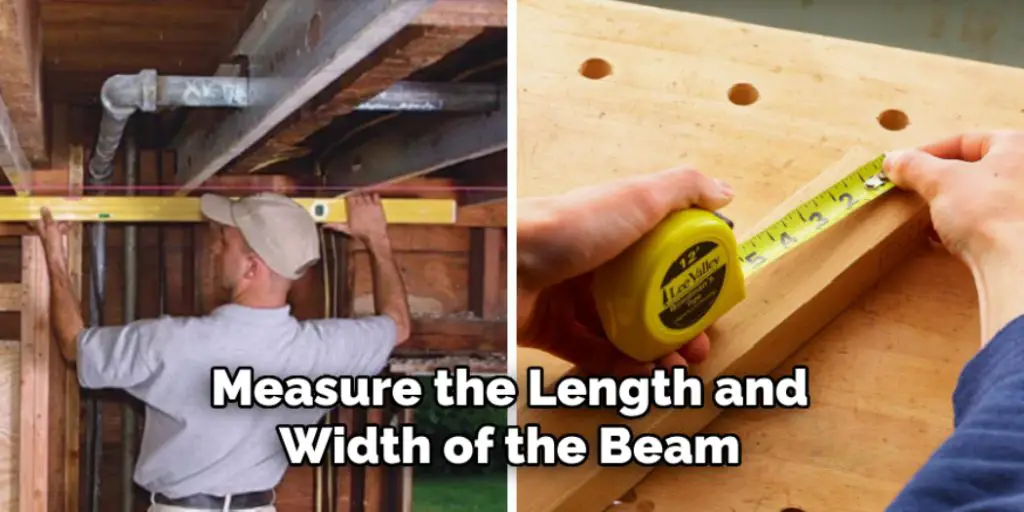
Step 2: Selecting a Material
Choose the right type of material for covering your steel beam. Drywall, plywood, or wood lattice are all good options for concealing large beams in basement spaces. Make sure you take into account the size and shape of your beam when deciding on a material.
Step 3: Preparing the Beam Surface
Once you’ve chosen a material, it’s important to prepare the beam surface for coverage. Begin by wiping down the steel with a damp cloth to remove any dust or debris that may be present. Then use a primer or sealant to ensure the area is properly sealed before covering.
Step 4: Cutting the Material
Before you can begin covering your beam, you’ll need to cut the material accordingly. Measure and mark the size of your steel beam with a ruler or measuring tape before cutting it out with a saw. This will help ensure that the covering is snug when mounted on the beam.
Step 5: Installing the Material
Now it’s time to install the material you chose onto the steel beam. Start by attaching brackets to the surface of your beam and then mount the covering over them. Use nails or screws to fasten the material in place, ensuring that there are no gaps between the material and the beam.
Step 6: Painting
Once the covering has been successfully installed, you can begin to paint it if desired. Use a primer and then apply two coats of paint for the best results. For an even more detailed finish, consider spackling corners or adding trim around edges for texture and dimension.
Step 7: Concealing Edges
Once the paint is dry, use caulk to conceal any gaps between the beam and the covering. This will create a seamless look and also prevent air leakage. Stealing caulk around the edges will also help to fill any small holes or cracks.
Step 8: Sealing
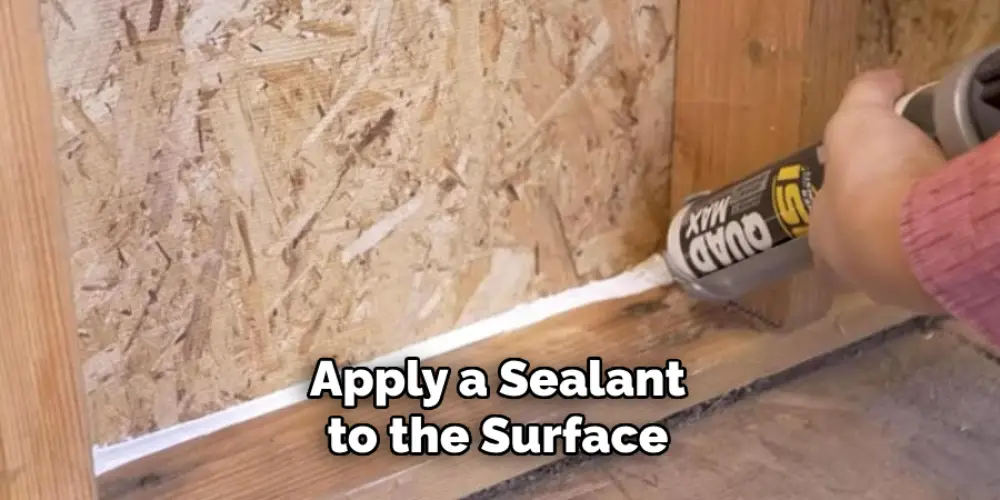
To further protect your covering, it’s important to apply a sealant to the surface of the material. This will prevent water damage and ensure that your covering remains in pristine condition for years to come.
Step 9: Finishing Touches
You can add even more dimension to your steel beam covering with the use of decorative molding. This will give it a more polished look and also draw attention away from any imperfections on the surface.
Step 10: Enjoy the Results!
Now that you’ve successfully covered your steel beam, you can sit back and admire your handiwork! Enjoy the results of your hard work and take pride in knowing that you did it all yourself.
Covering steel beams doesn’t have to be a challenge – with these 10 steps, you can ensure that the job is done properly and efficiently. All it takes is a little bit of patience and the right materials to get the job done.
6 Maintenance Tips
Steel beams can be a useful part of the structural support for your basement, but they may not always fit with the overall aesthetic. Fortunately, there are several ways to cover them up and maintain their effectiveness while still making them look nice.
- A fresh coat of paint is one of the most economical options for covering steel beams in a basement. Look for paint specifically designed to adhere to metal surfaces, or use a good quality primer and paint specially formulated for the job.
- If you’re looking for something more decorative, consider installing fabric covers over the steel beams. Upholstery material is relatively inexpensive and easy to install with the right hardware, providing an attractive option that won’t overpower the room.
- If you’re looking for a more permanent solution, consider covering steel beams in drywall or wood paneling. This can provide insulation and help dampen sound as well as create an attractive look that blends with other elements of the room.
- Beadboard is another great way to achieve a classic look while covering the steel beams in a basement. Beadboard is relatively inexpensive, and with proper installation, you can achieve beautiful results that will last for years.
- If you’re looking for something more modern, consider using metal panels or corrugated metal to cover the steel beams in your basement. This is an easy way to add texture and dimension while still keeping the aesthetic of the room intact.
- Another option is to use wallpaper or fabric on your steel beams in a basement. This can add color and pattern to the space while also providing an additional layer of insulation and sound dampening.

Conclusion
When it comes to covering steel beams in a basement, there are several different options available. From the most economical, such as drywall and textured blankets, to the highest-end finished look of steel covers, there is something for every budget. No matter what option you choose, ensuring that the beams are properly covered will add extra protective value to your basement walls and ceiling.
It’s also important to remember that if any problem should arise with your chosen covering solution, it is always wise to seek professional help from experienced experts in order to avoid any further damage. With these tips on how to cover steel beams in basement in mind, hopefully, you’ll be able to find a suitable cover for those steel beams that are both effective and aesthetically pleasing.

